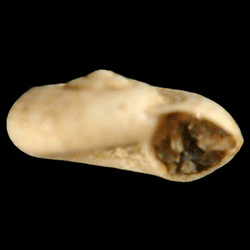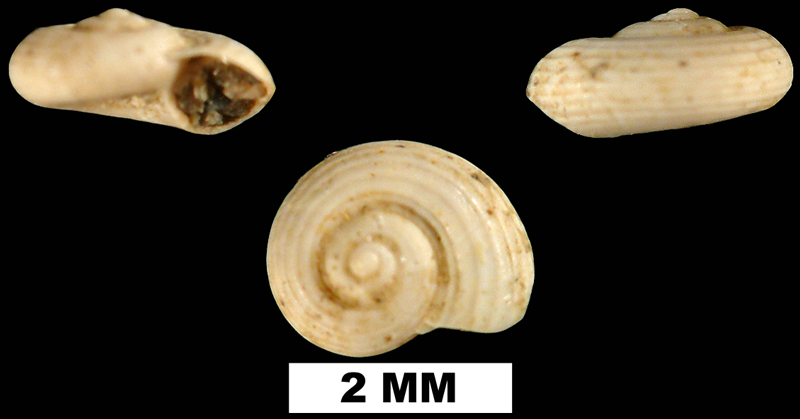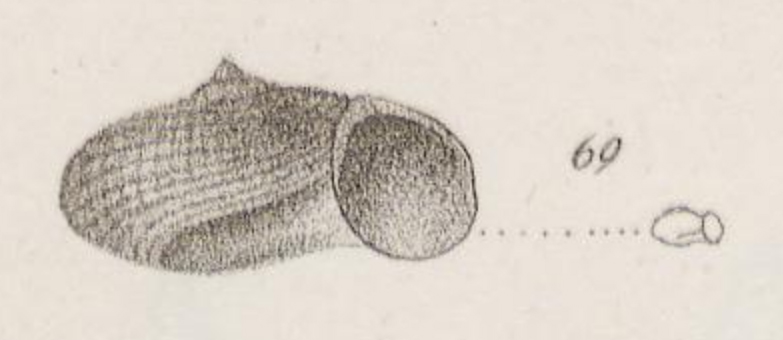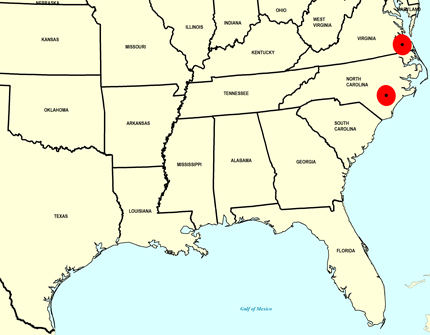
Circulus costulatus

- Phylum: Mollusca
- Class: Gastropoda
- Order: Littorinimorpha
- Family: Vitrinellidae
- Genus: Circulus
- Species: Circulus costulatus (Lea, 1843)
Geological Range
Late Pliocene; Extinct.
Paleogeographic Distribution
North Carolina to Virginia.
Remarks
First Description (from Lea, 1843, p. 260-261):
"Shell orbicular, depressed, thick, costate, striate; spire very short, acuminate, acute; sutures linear; whorls six, very convex, smooth and flattened above; costae transverse, small, numerous, polished; striae longitudinal, oblique, very minute; last whorl rounded; base costate, umbilicus large, deep, smooth within, mouth round, sub-canaliculate above.
Remarks - The longitudinal striae are so minute as to escape observation, unless assisted by a powerful microscope. They do not cross the ribs. The mouth is smooth within, and almost exactly round, except at its junction with the preceeding whorl, where there is a small channel.
This shell bears some resemblance to the Turbo lineatus, Lea, but is separated from that shell by its entire mouth, larger umbilicus, &c.
I have felt some doubt in placing this and two or three of the following shells in the genus Delphinula. Their general appearance would seem rather to make the approach the Turbo, but their entire mouths constitute them true Delphinulae. The genus Skenea, Fleming, seems well fitted to receive them, but it is described as having the 'aperture dilated,' a character which is wanting in the shells at present under consideration."
To access this description in its original formatting through the Biodiversity Heritage Library, click here.
Stratigraphic Occurrences
- Late Pliocene
- Duplin Formation (NC)
- Yorktown Formation (VA)


